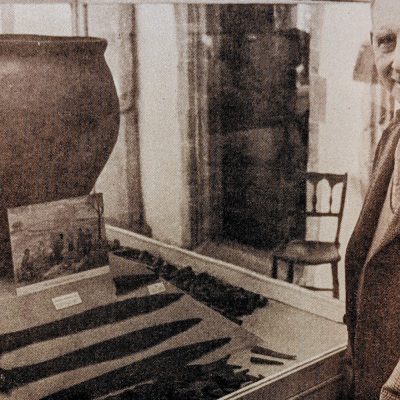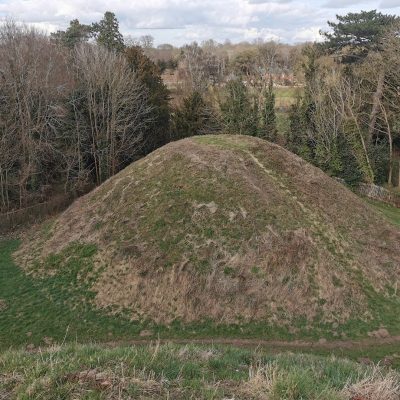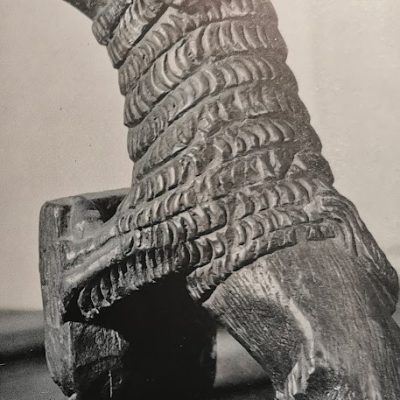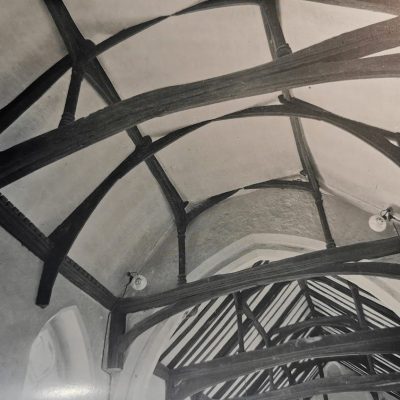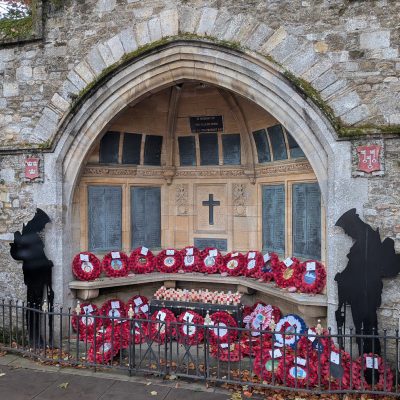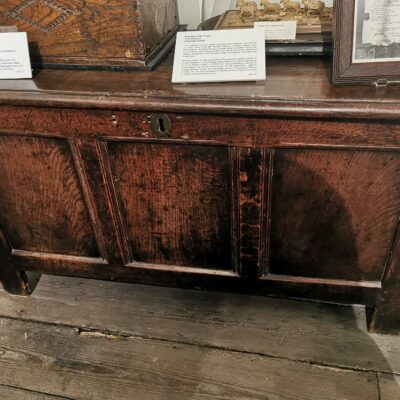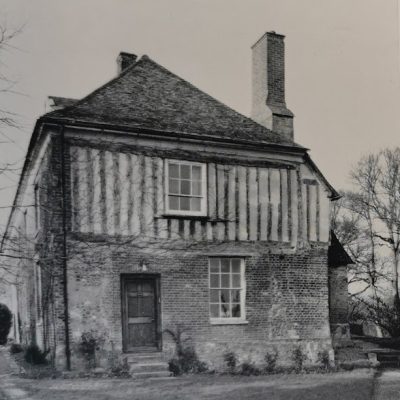Search by topic
- archaeology
- Building of Local Interest
- charity
- church
- crime
- dressmaker
- fire
- Great Eastern Railway
- Listed building
- Mapping Relief
- medieval
- oral history
- poverty
- Public House
- Rattee & Kett
- Religious House
- Roman
- scholar
- school
- Then and Now
- tudor
- women
- work
- world war one
- world war two
Search by text
 Portugal Place south side
Portugal Place south sideCambridgeshire in the 18th century
Cambridgeshire in the 18th century
This is an edited AI generated summary of the evidence available on Capturing Cambridge for events and developments in Cambridgeshire during the 18th century. As such it will be periodically updated and checked as new material is uploaded. Comments are welcome.
The 18th Century in Cambridgeshire: A Detailed Historical Study Through Capturing Cambridge
The 18th century was a period of profound transition for Cambridgeshire. Between 1700 and 1800, the county experienced agricultural transformation, urban expansion, architectural innovation, growing literacy and commerce, scientific progress, and social stratification. While the 17th century left legacies of war, plague, environmental hardship, and consolidation of college influence, the 18th century marked a sustained move toward modernity. Many features recognisable in contemporary Cambridge—its streetscapes, civic institutions, surviving houses, commercial structures, and patterns of land use—took shape in this era.
Although Capturing Cambridge contains more abundant material from the 19th and 20th centuries, it preserves buildings, boundary lines, street histories, maps, and archaeological findings that provide insight into the 18th century. These records help illustrate how Cambridgeshire navigated the Enlightenment, the Agricultural Revolution, shifting transport networks, and the early stirrings of industrial change.
I. Context: Why the 18th Century Matters in Cambridgeshire History
Four major historical forces defined the century:
1. The Agricultural Revolution
Innovations in farming, drainage, crop rotation, livestock breeding, and enclosure profoundly reshaped Cambridgeshire’s countryside—especially in the fen-edge regions.
2. Rise of the Enlightenment and intellectual culture
Cambridge University continued to influence national learning, science, philosophy, and scholarship, contributing to Britain’s expanding intellectual world.
3. Urban and architectural development
Brick replaced timber as the dominant building material, and classical architectural aesthetics—symmetry, sash windows, pediments—became widespread.
4. Expanding infrastructure and commerce
Improved roads, coaching services, bridges, inns, and early canal networks connected Cambridge to regional and national markets.
These changes moved Cambridgeshire decisively toward the modern era.
II. Case Studies From Capturing Cambridge (18th-Century Evidence)
A. Urban Architecture and Domestic Life
1. 65 Bridge Street — an 18th-century town residence
The property at 65 Bridge Street offers an excellent example of Georgian Cambridge. Its architectural description—three storeys, brick front, sash windows—reflects rising standards of urban domestic housing in the 1700s.
The building’s later commercial conversion, documented in Capturing Cambridge, shows the increasing interdependence of residential and business life in 18th-century Cambridge, driven by population growth and expanding trade.
2. Portugal Place and Georgian street planning
While the houses themselves are largely 19th century, earlier street layouts preserved in Capturing Cambridge demonstrate how urban planning began shifting toward formalised, straight, narrow residential roads during the 18th century. This era introduced greater architectural order and rational design.
3. Free School Lane — evolving educational space
Entries related to Free School Lane illustrate how education and intellectual activity began expanding beyond college walls during the 18th century, eventually influencing later civic and public institutions.
These examples reveal how Cambridge’s architectural landscape shifted from medieval organic expansion to planned urban development.
B. Commerce, Coaching, and Inns
4. The Rose and Crown / The Pickerel — 18th-century commercial life
The Pickerel Inn on Magdalene Street, though older in origin, flourished in the 18th century during the coaching age. As documented through its heritage listing and continued operation, the inn reflects the rise of long-distance road travel, with Cambridge functioning as a transport and communication hub.
These inns served:
– merchants moving goods
– scholars and officials traveling from London
– growing regional markets
– social and political gatherings
5. Petty Cury and Market Hill — expanding commercial districts
Capturing Cambridge entries related to shops and historical businesses on Petty Cury show increasing consumer culture, retail trade, and rising middle-class purchasing power during the 1700s.
Market Hill remained the centre of commerce, but by the mid-18th century, private shops and specialised services began to flourish—reflecting social and economic diversification.
C. Agricultural and Rural Transformation
6. Enclosure and changing landscapes
While specific Capturing Cambridge entries rarely detail enclosure acts, many village histories referenced on the platform—such as Grantchester, Histon, and Cottenham—note changing field systems, parish boundaries, and estate expansion.
Enclosure in the 18th century led to:
– consolidation of farmland
– reduction of common-grazing rights
– increased productivity
– social displacement of poorer rural residents
– emergence of large estate houses and designed landscapes
7. Fenland transformation
Long before 19th-century mechanised drainage, the 18th century saw organised canalisation, embanking, and early pumping systems across Cambridgeshire’s fen-edge communities.
Although not always explicitly dated in Capturing Cambridge entries, archaeological and heritage records associated with Waterbeach, Stretham, and Horningsea reflect the region’s gradual shift from marsh-based to agrarian economies.
D. Religious, Civic, and Institutional Change
8. Great St Mary’s and civic authority
Capturing Cambridge profiles of central Cambridge demonstrate the continuing symbolic and administrative role of Great St Mary’s, which served not just as a parish church but also as a ceremonial and civic institution.
During the 18th century:
– sermons influenced intellectual and political debates
– local governance and university rituals relied on the building
– its architecture was altered and expanded
9. Parish boundaries and community governance
Many Capturing Cambridge street entries reference historic parish divisions dating back to the 18th century. Parishes remained critical systems of social welfare, taxation, schooling, and justice until the mid-1800s.
E. Scientific and Enlightenment Culture
10. Cambridge University in the 18th century
Although the 1700s are not always the university’s most celebrated era, Capturing Cambridge-linked histories confirm that colleges maintained steady expansion, property acquisition, and academic influence.
The 18th century saw:
– growth in mathematical study, influencing national scientific progress
– continued publication and scholarly networks
– gradual increase in student enrollment
– civic reliance on college wealth and authority
This intellectual continuity helped sustain Cambridge’s national importance.
11. Observatories, anatomy schools, and early laboratories
Although some associated buildings were rebuilt or replaced, Capturing Cambridge references later structures on historical academic sites—showing how Enlightenment science created new architectural needs.
III. Social Life, Class, Identity, and Public Culture
12. Coffee houses, print culture, and debate
While not always directly documented in Capturing Cambridge entries, the growth of print culture—pamphlets, posters, broadsides, advertisements—is preserved through street histories showing where printers, booksellers, and reading spaces operated.
These demonstrate:
– rising literacy
– political engagement
– emergence of public opinion
– more socially diverse information networks
13. Public houses as cultural spaces
Entries on inns throughout Cambridge—King Street, Magdalene Street, Trumpington Street—reveal how pubs served as meeting places, news exchanges, hiring venues, and informal social institutions.
14. Transportation, roads, and bridges
18th-century improvements in road surfacing and bridge construction, such as Magdalene Bridge’s redesign, helped integrate Cambridge into regional trade and travel.
IV. Built Heritage, Archaeology, and Historical Mapping
15. 18th-century façades in later buildings
Many Capturing Cambridge records note that buildings now containing Victorian or modern interiors preserve earlier 18th-century fronts—especially in King Street, Trumpington Street, and Sidney Street.
This demonstrates:
– architectural layering
– preservation through adaptation
– the importance of commercial frontage to urban identity
16. Rococo and Georgian interior elements
Surviving plasterwork, staircases, window frames, and fireplaces from the 18th century are documented in various listed-building descriptions referenced by Capturing Cambridge.
17. Early cartographic evidence
Historic maps incorporated into Capturing Cambridge entries—such as 18th-century Cambridge surveys—show a town more organised, market-oriented, and interconnected than in previous centuries.
V. Themes Emerging from the Century
1. Shift toward a modern economy
Inns, shops, coaching networks, educational enterprises, and agricultural improvements contributed to a diversified economic base.
2. The rise of the Georgian urban aesthetic
Brick Georgian façades replaced medieval timber frames, producing the architectural character still associated with Cambridge today.
3. Growing social complexity
Merchants, artisans, small business owners, and labourers joined longstanding academic and aristocratic groups—expanding civic participation.
4. Rural disruption and inequality
Enclosure and estate consolidation intensified rural poverty even as agricultural efficiency increased.
5. Continuity of university authority
The colleges remained dominant landowners, shaping Cambridge’s built environment, economy, and politics.
VI. The Role and Limitations of Capturing Cambridge for Studying the 18th Century
Capturing Cambridge is invaluable for understanding the 18th century because it preserves:
– building histories with Georgian architectural notes
– street narratives reflecting growing commercial activity
– heritage listings describing structural evolution
– surviving inns, houses, and civic institutions
– parish and neighbourhood identities rooted in the 1700s
However:
– fewer entries explicitly focus on the 18th century
– rural changes are less documented than urban ones
– many 18th-century structures are hidden beneath later façades
– interpretation requires connecting multiple records
Despite this, Capturing Cambridge remains a critical tool for reconstructing the era through surviving physical and cultural evidence.
VII. Conclusion — How the 18th Century Shaped Modern Cambridgeshire
The 18th century stands as a defining period in the long history of Cambridgeshire. It was an age of agricultural transformation, intellectual continuity, commercial expansion, architectural reinvention, and increasing urban sophistication. Cambridge transitioned from a post-medieval provincial town into a Georgian centre of learning, trade, and civic life.
Street patterns, property ownership, building styles, transport networks, and social institutions still visible today originated, expanded, or stabilised during this century. Through the layered evidence preserved in Capturing Cambridge—architectural descriptions, mapped street histories, heritage records, and surviving buildings—we can trace how the county adapted to the pressures and opportunities of a changing world.
The 18th century did not merely connect the medieval and industrial eras—it actively shaped the identity, landscape, and cultural foundations of Cambridgeshire as we recognise it today.
Contribute
Do you have any information about the people or places in this article? If so, then please let us know using the Contact page or by emailing capturingcambridge@
License
This work is licensed under CC BY-NC-SA 4.0





